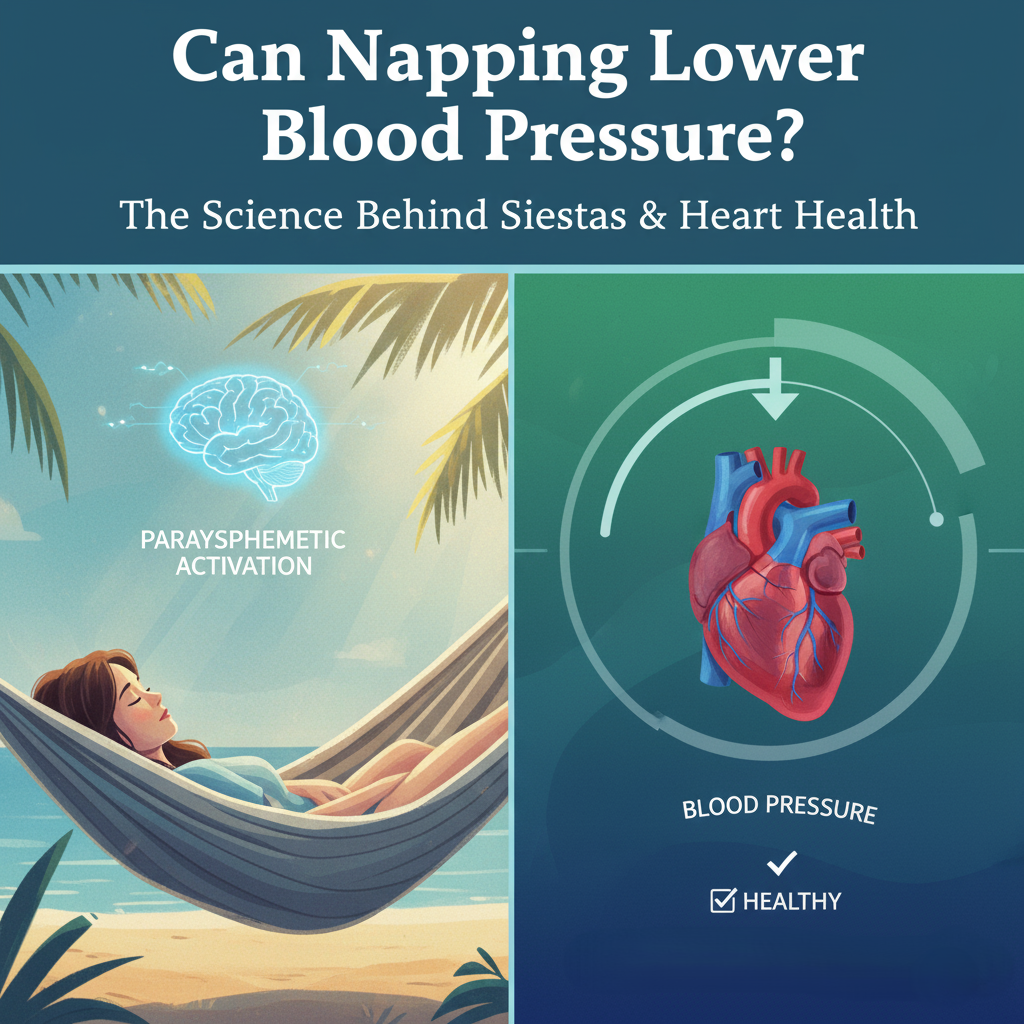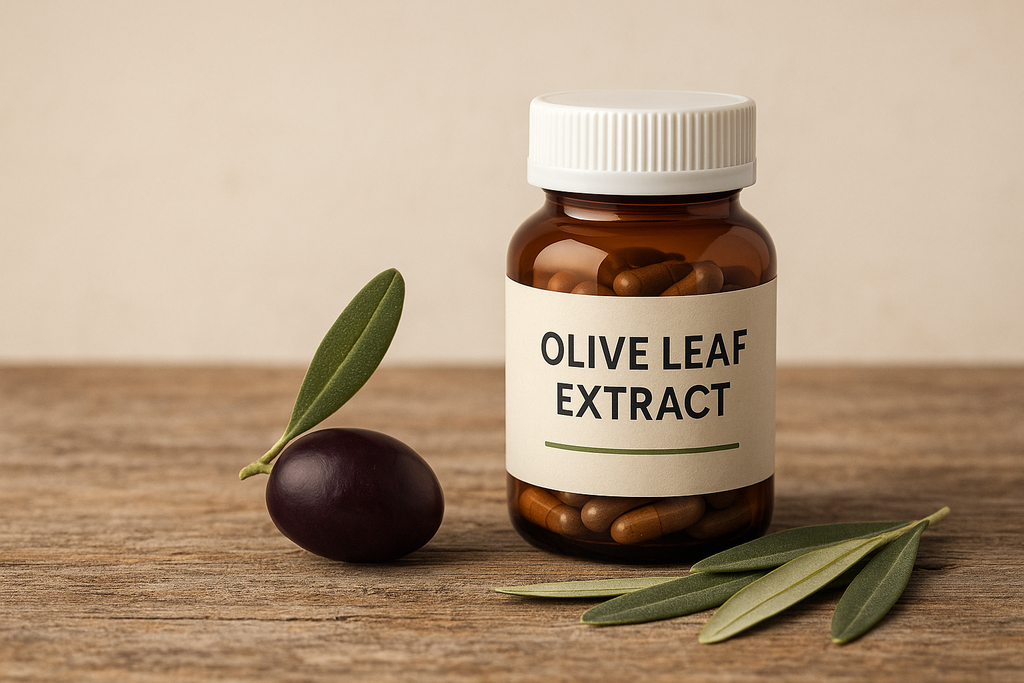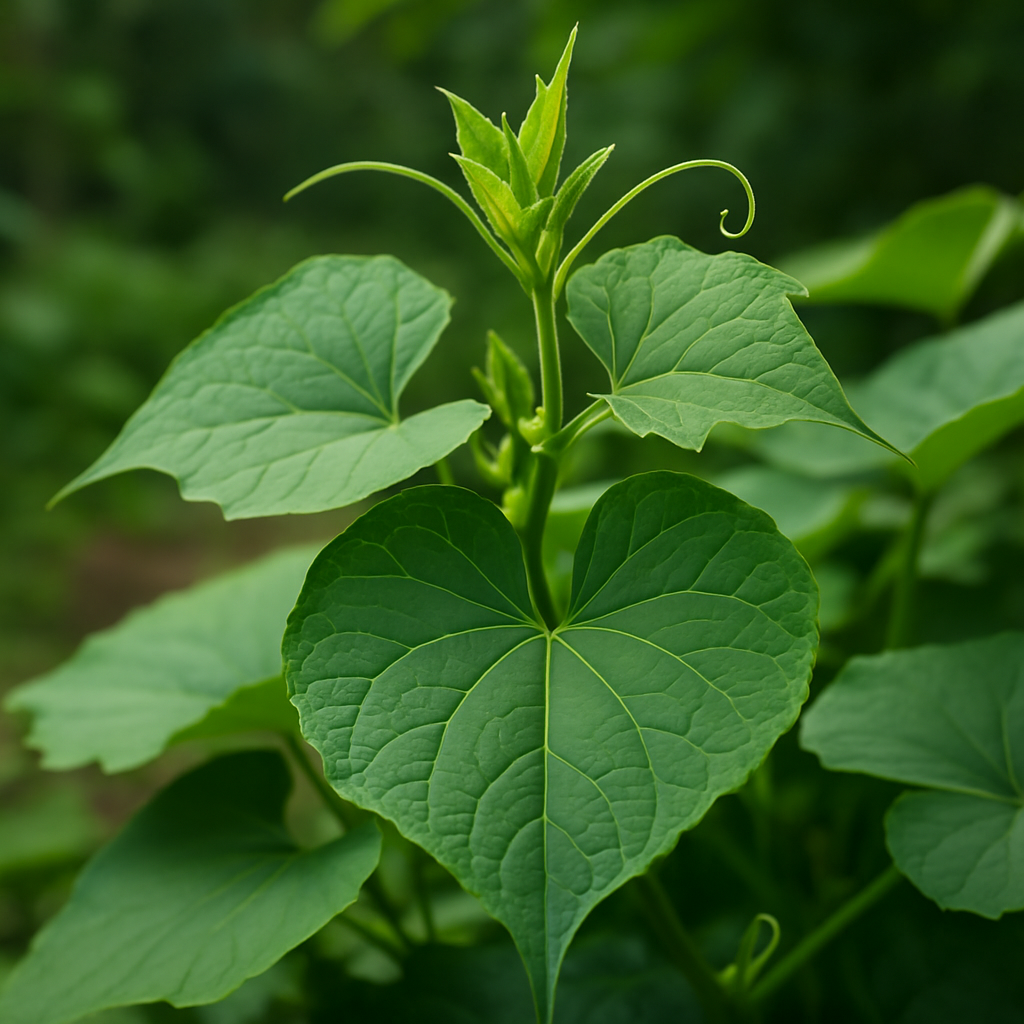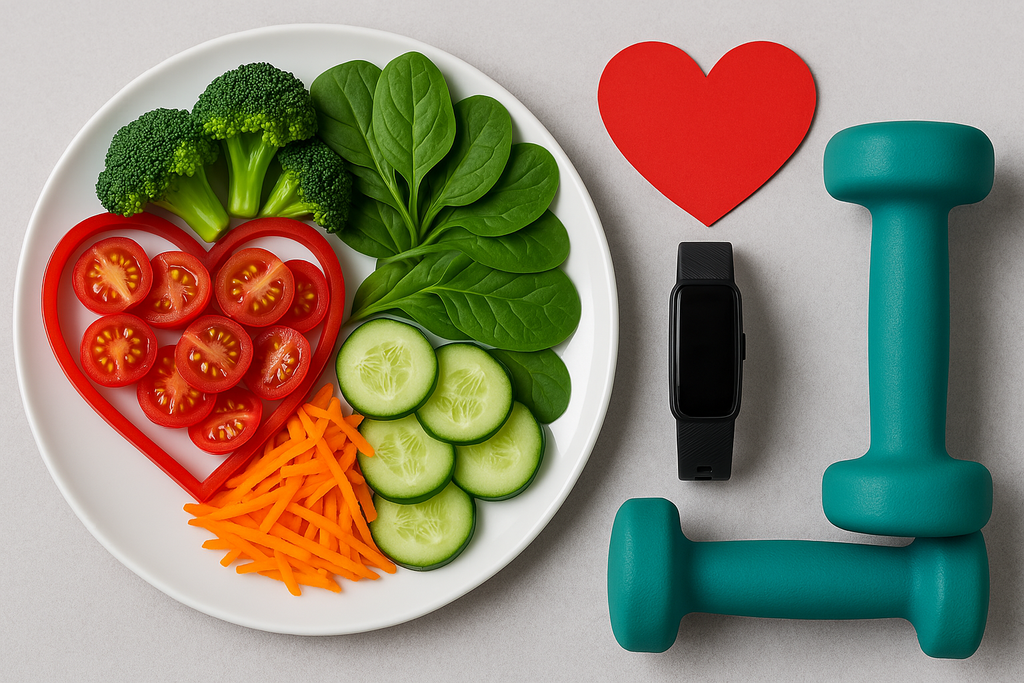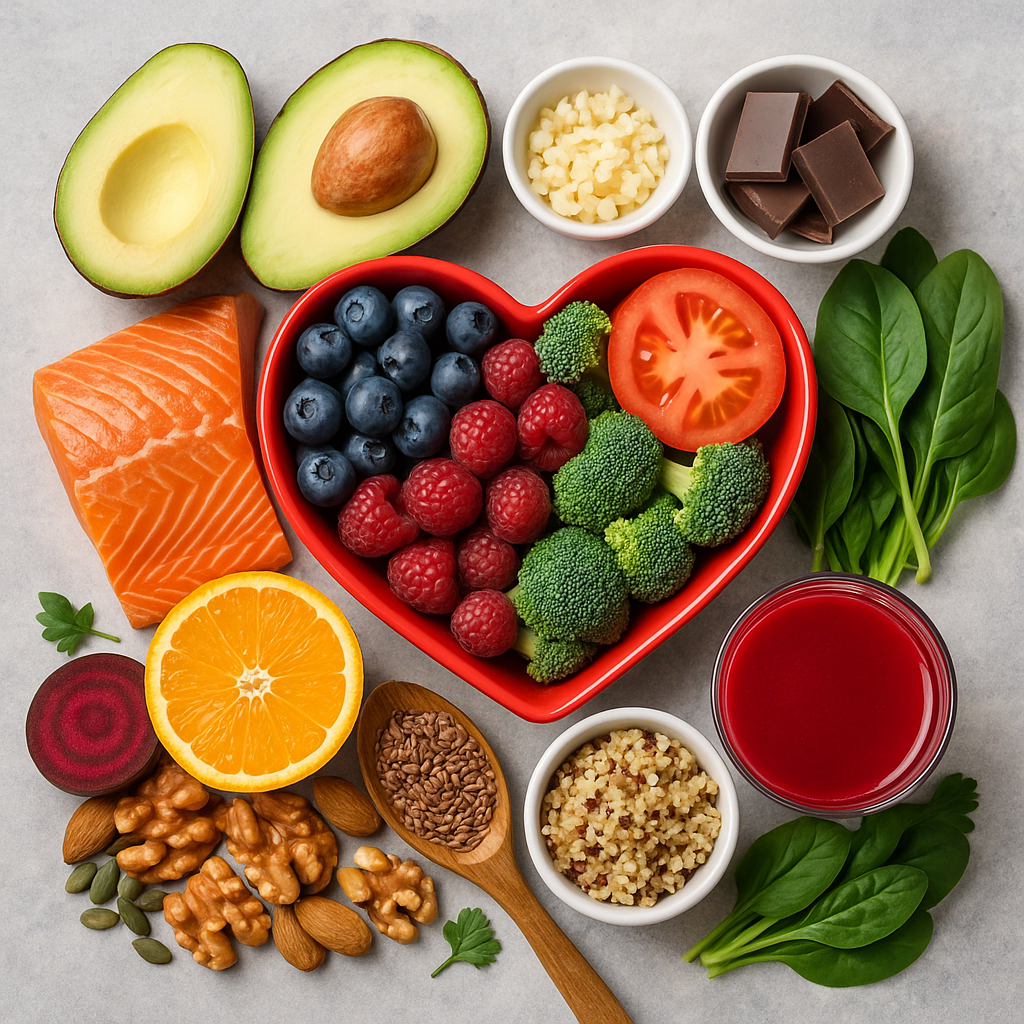News — lower blood pressure naturally
Can Napping Lower Blood Pressure? The Science Behind Siestas & Heart Health
lower blood pressure naturally napping and blood pressure siesta science
In a world increasingly obsessed with productivity and hustle, daytime naps—or siestas—have long been seen as a luxury, or worse, a sign of laziness. But emerging science suggests that short daytime naps may offer more than just a quick energy boost. In fact, they might play a significant role in cardiovascular health, particularly when it comes to lowering blood pressure naturally.
High blood pressure affects over a billion people worldwide and is a leading risk factor for heart disease and stroke. While medication and lifestyle changes are the cornerstones of treatment, researchers are now exploring the potential benefits of simple, accessible strategies like napping. Could catching a few Z’s in the middle of the day be a hidden key to heart health? Let’s break down the latest evidence and separate science from myth.
Can Oleuropein in Olive Leaf Extract Naturally Lower Your Blood Pressure and Blood Sugar?
lower blood pressure naturally oleuropein olive leaf extract
Olive trees are more than just symbols of peace and longevity—they’re also a source of one of nature’s most powerful health compounds: oleuropein. Found abundantly in olive leaves, oleuropein is a phenolic compound responsible for many of the medicinal properties associated with the Mediterranean diet. But beyond general wellness, research now points to its significant potential for **lowering blood pressure and balancing blood sugar**—two of the most critical factors in heart health and metabolic disease prevention.
As pharmaceutical medications for hypertension and type 2 diabetes continue to come with a host of side effects, many people are turning to natural solutions. Olive leaf extract, standardized for its oleuropein content, has caught the eye of researchers for its **vasodilating, antioxidant, and glucose-regulating effects**. But how does it work, and is it effective enough to make a meaningful impact? This article breaks down the science behind oleuropein, its mechanisms, clinical research, and whether it could be the natural solution your cardiovascular system is waiting for.
Chayote Leaves: An Overlooked Green for Blood Pressure Management
alternative medicine antihypertensive foods blood pressure herbs chayote and cardiovascular health chayote benefits chayote for circulation chayote leaf tea chayote leaves diuretic herbs endothelial health heart health herbal supplements for blood pressure herbal vasodilators leafy greens for blood pressure lower blood pressure naturally natural heart tonic natural hypertension remedies nitric oxide boosters potassium-rich greens Sechium edule
When it comes to managing blood pressure naturally, most people turn to familiar superfoods like garlic, beets, or leafy greens such as spinach and kale. But hiding in plain sight is a lesser-known yet remarkably potent contender: chayote leaves. Known for their use in traditional medicine across Asia and Latin America, these tender greens are finally starting to receive attention for their cardiovascular benefits—especially in the realm of blood pressure regulation.
Chayote leaves are more than just an edible part of a common vegetable—they're a nutrient-dense, bioactive-rich food with science-backed effects on circulation, vascular relaxation, and anti-inflammatory support. Whether steamed, juiced, or brewed into herbal tea, incorporating chayote leaves into your diet might offer a gentle yet effective way to support healthy blood pressure levels. Let’s explore how this humble green works its magic.
How Diet and Exercise Can Lower Blood Pressure Naturally
anti-hypertension diet best foods for blood pressure blood pressure cardiovascular health DASH diet exercise for blood pressure garlic extract heart health home blood pressure monitoring hydration hypertension lifestyle change lower blood pressure naturally magnesium natural remedy omega-3 physical activity potassium stress relief supplements
High blood pressure, or hypertension, is often dubbed the “silent killer” for good reason—it typically shows no symptoms but significantly increases the risk of heart disease, stroke, and kidney failure. While medication is often prescribed, many individuals can effectively manage and even reduce their blood pressure through lifestyle changes alone. Chief among these are a healthy diet and regular physical activity, which together offer powerful, natural control over this common condition.
Rather than relying solely on pills, embracing a nutrient-rich diet and consistent exercise regimen can restore balance to your cardiovascular system. Science consistently supports the idea that what you eat and how you move daily can make or break your blood pressure numbers. In this guide, we’ll explore exactly how diet and exercise can lower blood pressure naturally, what foods and activities to prioritize, and how to build long-lasting habits for heart-healthy living.
The Best Foods for Healthy Blood Vessels: Improve Circulation and Prevent Clogged Arteries
anti-inflammatory diet artery-cleansing foods beets blood vessel health cardiovascular diet circulation clogged arteries CoQ10 dark leafy greens endothelial function garlic for heart health heart support heart-healthy foods LongLifeNutri lower blood pressure naturally nitric oxide omega-3s polyphenols vascular health vascular supplement
Your blood vessels are the lifelines of your body, delivering oxygen and nutrients to every cell. When they’re healthy and elastic, circulation flows freely. But when arteries become clogged or stiff, the risk of serious conditions like high blood pressure, heart attack, and stroke skyrockets. Fortunately, the food you eat plays a powerful role in protecting your cardiovascular system — and in many cases, even reversing early signs of damage.
Certain foods are rich in nutrients that reduce inflammation, improve blood flow, and keep artery walls clear of dangerous plaque. From leafy greens to heart-healthy fats, simple dietary upgrades can significantly enhance your vascular health. In this guide, we’ll explore the top foods that support strong, flexible blood vessels and help you maintain circulation that keeps up with your lifestyle.

